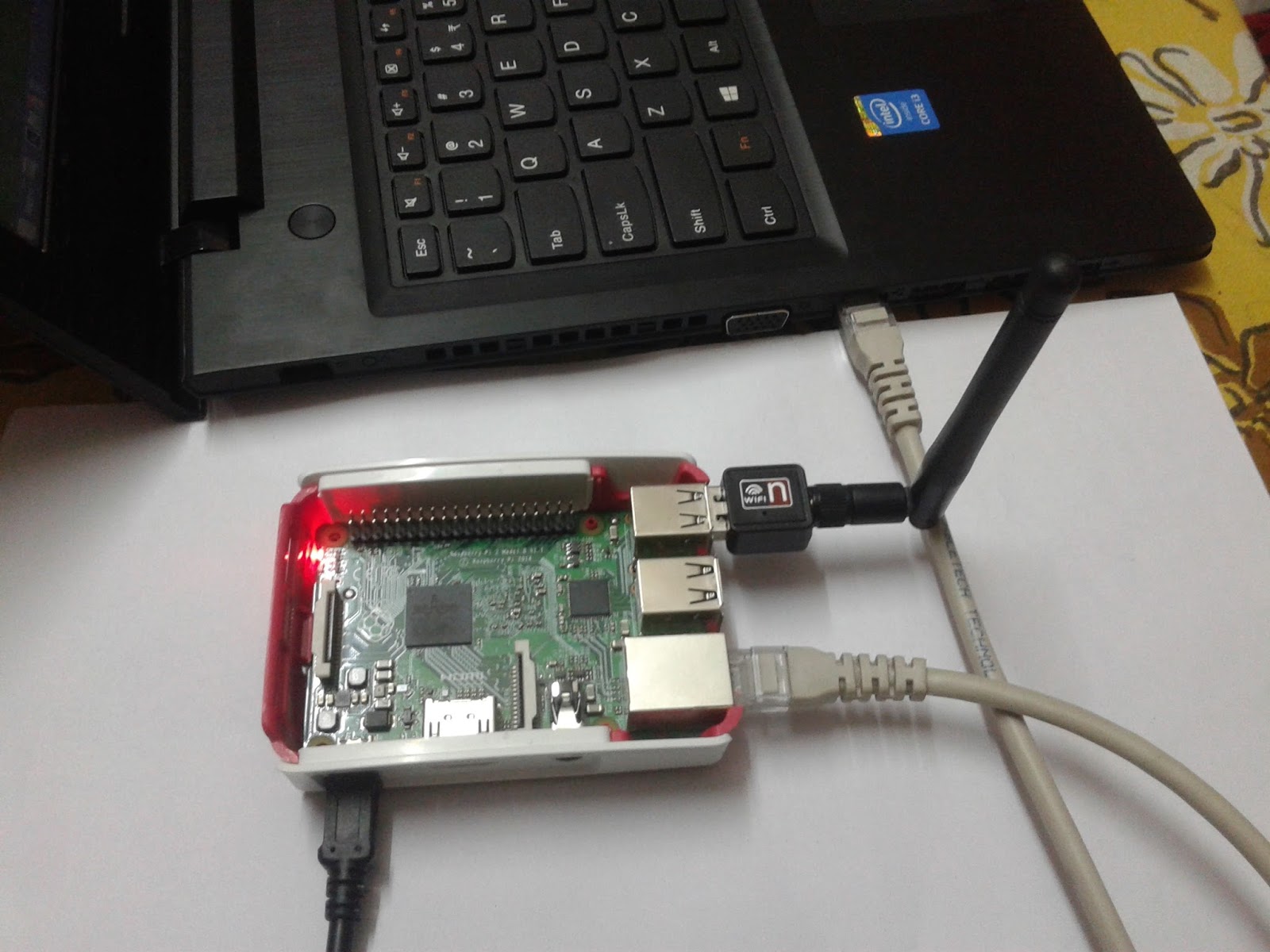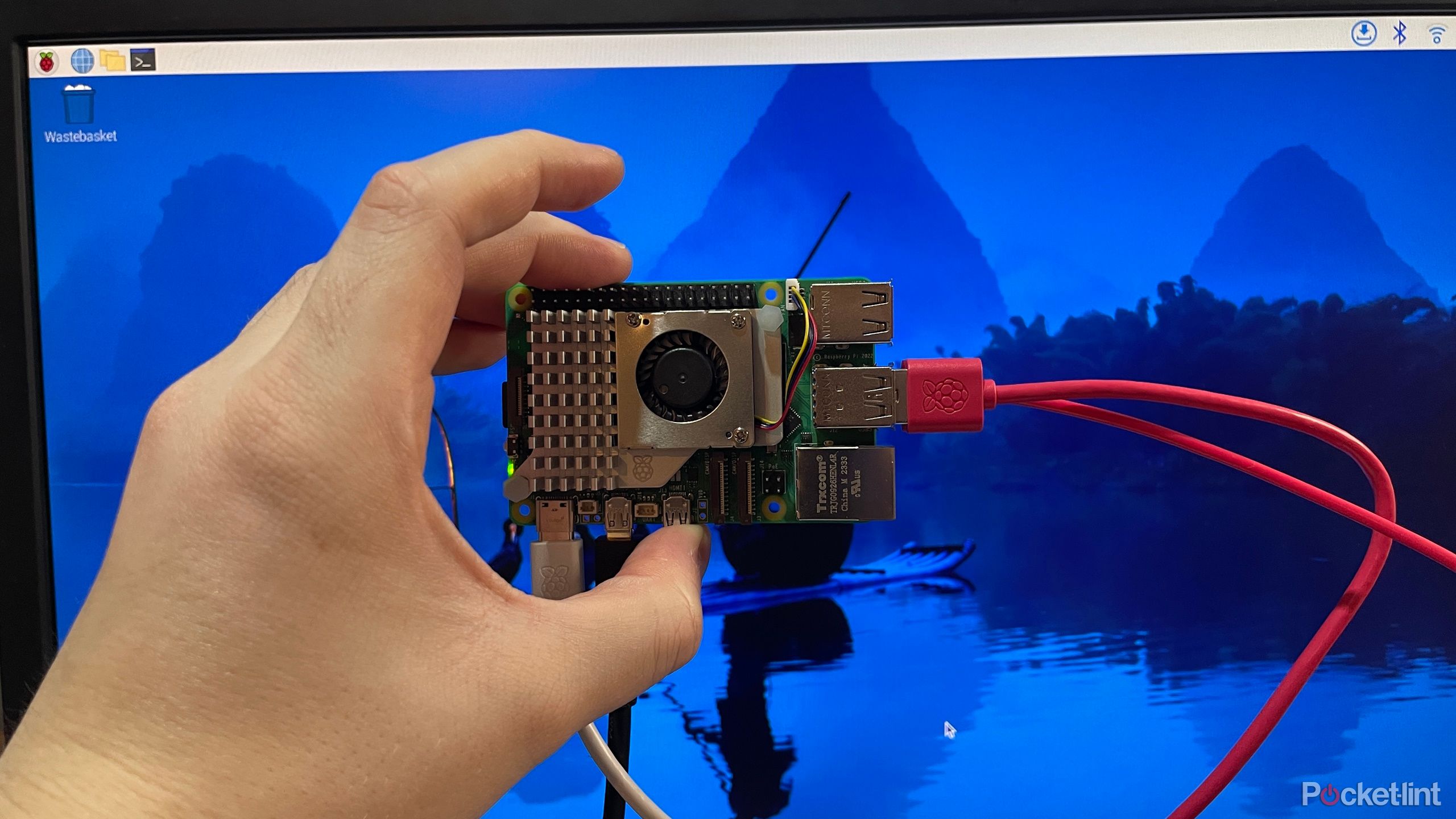Are you ready to dive into the world of remote control for your Raspberry Pi while keeping it secure? In today’s digital age, controlling your Raspberry Pi remotely can be a game-changer—but only if you do it right. Security is key, and we’ve got you covered with all the tips and tricks you need to stay safe while unlocking the full potential of your Pi. So, buckle up and let’s get started!
Imagine being able to access your Raspberry Pi from anywhere in the world. Sounds awesome, right? But wait—there’s a catch. Without proper security measures, your little device could become a gateway for hackers. That’s where this guide comes in. We’ll walk you through everything you need to know about securing your Raspberry Pi for remote access, step by step.
Whether you’re a seasoned tech enthusiast or just starting out, this article will provide you with the knowledge and tools to set up a secure remote control system for your Raspberry Pi. Let’s make sure your project stays protected while giving you the freedom to control it from anywhere!
- Vegha Movie The Ultimate Guide To A Blockbuster Sensation
- Mother Warmth Chapter 3 A Journey Of Love Growth And Understanding
Why Secure Remote Control Raspberry Pi Matters
Let’s face it—remote access is convenient, but it also comes with risks. If you’re not careful, your Raspberry Pi could become an easy target for cybercriminals. Here’s why securing your Pi is so important:
- Protecting Your Data: Your Raspberry Pi might store sensitive information, such as personal files or project data. A secure setup ensures that only authorized users can access this info.
- Preventing Unauthorized Access: Hackers are always on the lookout for unsecured devices. By locking down your Pi, you reduce the chances of someone gaining unauthorized control.
- Peace of Mind: Knowing your Raspberry Pi is secure allows you to focus on what really matters—your projects and innovations.
So, how exactly can you secure your Raspberry Pi for remote control? Let’s break it down into manageable steps.
Step 1: Setting Up SSH for Secure Remote Access
SSH (Secure Shell) is one of the most common methods for remotely accessing your Raspberry Pi. It encrypts your connection, making it much harder for hackers to intercept your data. Here’s how to set it up:
- Hdmovies2 Your Ultimate Destination For Highquality Entertainment
- Hdhub4uearth Your Ultimate Destination For Highquality Entertainment
Enabling SSH on Your Raspberry Pi
To enable SSH on your Raspberry Pi, follow these simple steps:
- Open the Raspberry Pi Configuration tool by typing
sudo raspi-configin the terminal. - Go to “Interfacing Options” and select “SSH.”
- Choose “Yes” to enable SSH and then exit the configuration tool.
Once SSH is enabled, you’ll be able to connect to your Pi using an SSH client like PuTTY (for Windows) or the built-in terminal on macOS and Linux.
Step 2: Changing the Default SSH Port
Changing the default SSH port is a great way to add an extra layer of security. Most hackers target the default port (22), so switching to a non-standard port can deter them. Here’s how:
Modifying the SSH Configuration File
Open the SSH configuration file using the following command:
sudo nano /etc/ssh/sshd_config
Look for the line that says Port 22 and change it to a different number, such as 2222. Save the file and restart the SSH service:
sudo service ssh restart
Now, when you connect to your Pi via SSH, you’ll need to specify the new port number.
Step 3: Using Strong Passwords and Key-Based Authentication
Passwords are your first line of defense, so make sure they’re strong. Avoid using common words or easily guessable combinations. Instead, go for a mix of uppercase and lowercase letters, numbers, and special characters.
Setting Up Key-Based Authentication
For even better security, consider using key-based authentication. Here’s how:
- Generate an SSH key pair on your local machine using the command
ssh-keygen. - Copy the public key to your Raspberry Pi using
ssh-copy-id pi@your_pi_ip. - Disable password authentication in the SSH configuration file by setting
PasswordAuthentication no.
With key-based authentication, you won’t need to enter a password every time you connect—just your private key.
Step 4: Installing a Firewall
A firewall acts as a barrier between your Raspberry Pi and the outside world, blocking unwanted traffic. One of the best options for Raspberry Pi is UFW (Uncomplicated Firewall).
Configuring UFW
To install and configure UFW, follow these steps:
- Install UFW using
sudo apt install ufw. - Allow SSH traffic by typing
sudo ufw allow ssh(or your custom port if you changed it). - Enable the firewall with
sudo ufw enable.
UFW will now protect your Pi from unauthorized access while still allowing you to connect remotely.
Step 5: Keeping Your System Updated
One of the easiest ways to stay secure is by keeping your Raspberry Pi’s software up to date. Regular updates patch vulnerabilities and ensure your system remains protected.
Updating Your Raspberry Pi
Run the following commands to update your Pi:
sudo apt update && sudo apt upgrade
It’s a good idea to schedule regular updates or check for updates manually whenever you work on your Pi.
Step 6: Monitoring for Suspicious Activity
Even with all these security measures in place, it’s important to keep an eye on your Pi for any signs of suspicious activity. Tools like Fail2Ban can help by blocking IP addresses that attempt too many failed login attempts.
Installing Fail2Ban
To install Fail2Ban, simply run:
sudo apt install fail2ban
Fail2Ban will automatically monitor your logs and ban IP addresses that show malicious behavior. You can also customize its settings to fit your needs.
Step 7: Using a VPN for Extra Security
A Virtual Private Network (VPN) encrypts your entire connection, adding another layer of security to your remote control setup. This is especially useful if you’re accessing your Pi over public Wi-Fi or from an untrusted network.
Setting Up a VPN on Your Raspberry Pi
There are several options for setting up a VPN on your Pi, including:
- Using a third-party service like NordVPN or ProtonVPN.
- Configuring your own OpenVPN server.
Whichever method you choose, a VPN will help keep your data safe while you work remotely.
Step 8: Restricting Access with IP Whitelisting
IP whitelisting allows you to specify which IP addresses are allowed to connect to your Raspberry Pi. This is a great way to limit access to trusted devices only.
Configuring IP Whitelisting
Use the UFW firewall to whitelist specific IPs:
sudo ufw allow from YOUR_IP to any port YOUR_SSH_PORT
Replace YOUR_IP and YOUR_SSH_PORT with the appropriate values. Only devices with the whitelisted IP will be able to connect.
Step 9: Regular Backups and Disaster Recovery
No security system is foolproof, so it’s always a good idea to have a backup plan. Regularly backing up your Raspberry Pi ensures that you can restore your data in case of a breach or hardware failure.
Creating a Backup
You can create a backup of your Pi’s SD card using tools like dd or specialized software like Raspberry Pi Imager. Make sure to store your backups in a secure location.
Step 10: Educating Yourself and Staying Informed
Security is an ongoing process, and staying informed is key. Keep up with the latest trends and threats in the cybersecurity world, and don’t hesitate to implement new security measures as needed.
Resources for Learning More
- Raspberry Pi Official Documentation
- Cybersecurity News Websites
- Online Forums and Communities
By continuously learning and adapting, you’ll be able to keep your Raspberry Pi secure and enjoy the benefits of remote control without worrying about potential risks.
Conclusion
Securing your Raspberry Pi for remote control might seem daunting at first, but with the right steps, it’s completely achievable. From enabling SSH and changing default ports to setting up firewalls and using strong passwords, each measure adds an extra layer of protection to your device.
Remember, security is not a one-time task—it’s an ongoing effort. Stay vigilant, keep your system updated, and don’t forget to back up your data regularly. With these tips, you’ll be able to enjoy the convenience of remote access while keeping your Raspberry Pi safe from harm.
Now it’s your turn! Have you tried any of these methods? What challenges did you face, and how did you overcome them? Share your thoughts in the comments below, and don’t forget to check out our other articles for more tech tips and tricks!
Table of Contents
- Step 1: Setting Up SSH for Secure Remote Access
- Step 2: Changing the Default SSH Port
- Step 3: Using Strong Passwords and Key-Based Authentication
- Step 4: Installing a Firewall
- Step 5: Keeping Your System Updated
- Step 6: Monitoring for Suspicious Activity
- Step 7: Using a VPN for Extra Security
- Step 8: Restricting Access with IP Whitelisting
- Step 9: Regular Backups and Disaster Recovery
- Step 10: Educating Yourself and Staying Informed
- Somali Telegram 2025 A Deep Dive Into The Future Of Communication
- Hdhub4u Gallery Your Ultimate Destination For Highquality Entertainment


